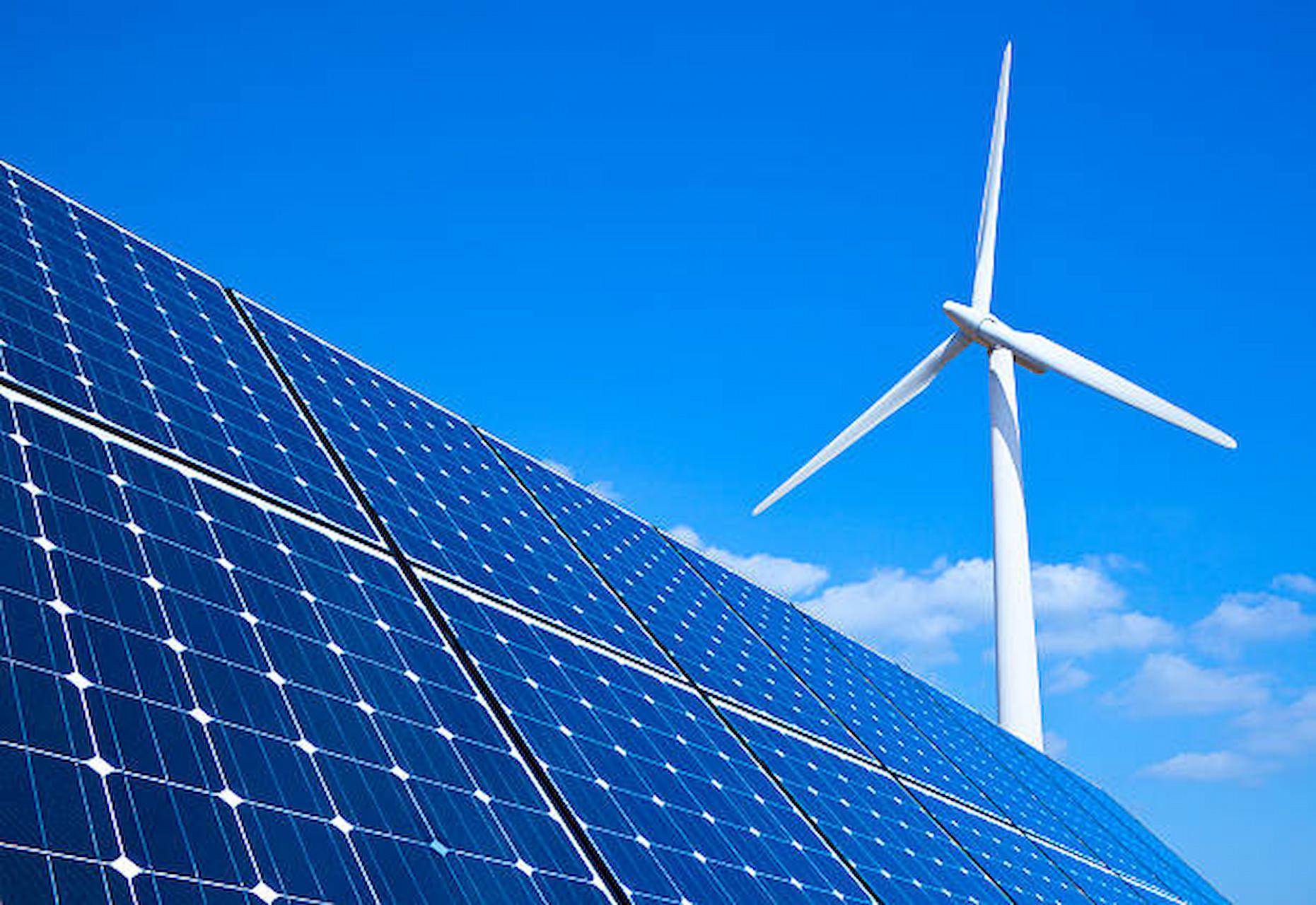The market for renewable energy is quickly changing. Compared to the old times, the demand for renewable energy is increasing, and the same price is also increasing. People are also now more conscious about the usage of cleaner energy, which can reduce their carbon footprints on the earth. The emergence of this new revolution in the world markets has paved the way for many new technologies to develop unprecedentedly. Some changes were gradual, and some happened suddenly in the generation of alternative energy. Many new evaluations in renewable energy generation are yet to begin, and such things are not widely understood yet. This article will look at the most important technologies and trends in the renewable energy market.
-
Solar And Wind – Paul Favret
Solar panels and wind turbines were the forerunners in the renewable energy sector and remained the top options. These two power sources are largely visible now in the rural landscapes and have largely transformed the renewable energy market. The greatest impact of renewable energy is solar and wind technology, which reduces the production cost of electricity. Renewable energy is now expected to become 30% of the whole energy production by the year 2025. Paul Favret points out that most of the revolution are enabled by wind and solar projects across the globe. There is increased growth in the usage of solar panels and windmills, which now make up to 60% of the renewable energy capacity. Even the bigger corporates like Google, Amazon, and Apple have invested in renewable energy technology like solar.
-
Electrification
Experts agree that the advancement in electrification will be one of the fundamental shifts contributing to the need for renewable energy. The renewable energy electrification of the developed countries will reduce energy-consumption-based carbon emissions to 90% by 2050, as per some studies. This trend is already visible in various industrial and domestic energy usage sectors.
-
Synthetic Fuels
One of the major game-changing technologies in the power sector is believed to be the use of synthetic fuels. This offers a great opportunity to expedite the shift to renewable energy usage. This will also help reduce fossil fuel usage and emission in various sectors, from food production to chemical industries and fertilizers. Power-to-X technology may also play a vital role in resolving long-term storage challenges. Power-to-X can better resolve the challenges in regulating the supply of renewable energy. This is considered the energy of the future because it can be leveraged in various sectors like shipping, aviation, heavy-duty industries, electric cars, etc. However, it is in its early stages now, and it may not be possible for us to accomplish this transition for the next two decades or so.
Distributed power generation is another revolution in renewables, which is increasing in affordability and popularity of distributed energy generation. There are various advantages to scaling up power generation, from reducing the dependency on a central power source to increasing the grid reliability. Paul Favret also comments that it will enable small-scale power generation sources for renewable energy.





